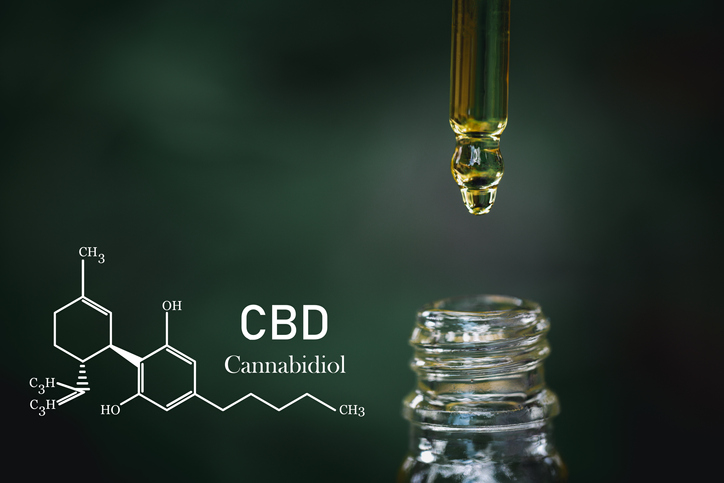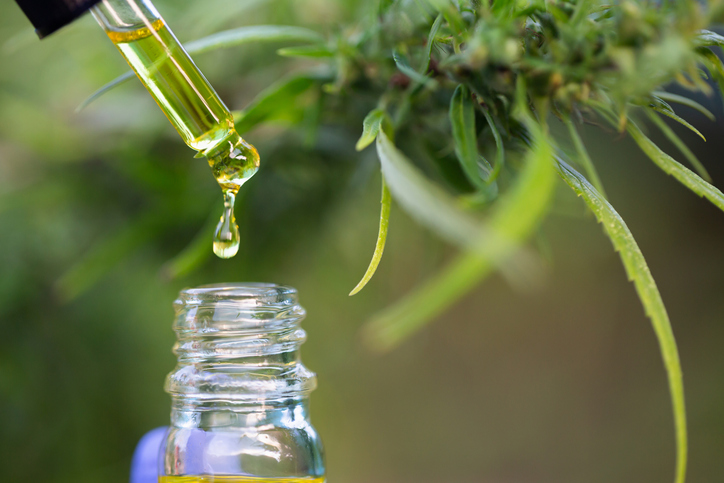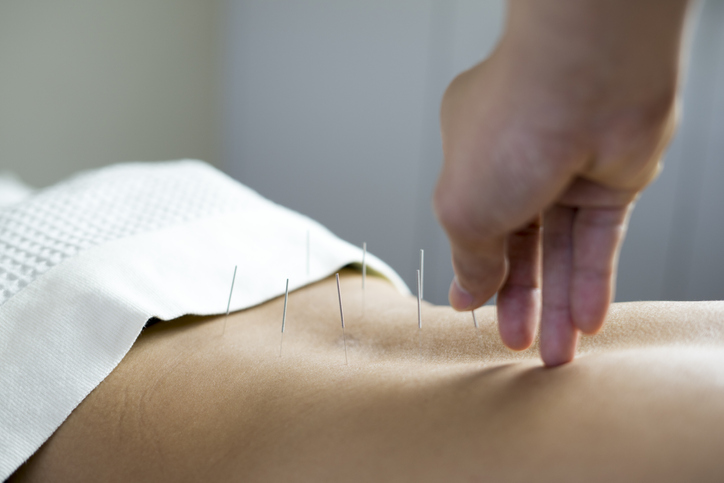Treatments
Non-Smoking Forms of Medical Cannabis

Medical Cannabis can be administered in various ways: smoking it, eating it, vaporizing it, or applying it to the skin. The main advantage of smoking Cannabis is that the effects are typically felt within minutes. However, smoking Cannabis also has disadvantages. It may not be legal or convenient to smoke it in public areas; it creates a specific odor that can linger on clothing and hair; and, of most concern, it may cause lung damage. Fortunately, medical Cannabis also comes in many other forms, including the following:
- Edibles
Edible medical Cannabis is available in various forms: gummies, brownies, cookies, lollipops, etc. The effects of eating Cannabis occur more slowly than smoking it because the drug needs to travel through the digestive tract to reach the bloodstream. It can take a few hours before the drug takes full effect, which can lead to over consumption. However, the effects of edible Cannabis are typically stronger and last longer. Edible Cannabis may also be beneficial to the digestive system. - Tinctures and oils
Although taken by mouth, tinctures and oils are different from edibles. They are typically placed under the tongue so that they are rapidly absorbed into the bloodstream. Doses of tinctures and oils can be precisely measured, which helps with dose control. - Topicals
Topical medical Cannabis includes lotions, creams, oils and salves that can be applied directly to the skin. Cannabis-infused topicals are especially beneficial for localized joint pain, as they can be applied to the exact location of pain. - Vapor
A vaporizer can be used to inhale the oil from the Cannabis plant. More cannabinoids are absorbed into the body when vaping rather than smoking; therefore, less Cannabis is needed to feel the benefits of the drug.
A qualified cannabis clinician can help determine the best route and dosage for medicinal use of Cannabis. Each body is unique and reacts to medical Cannabis differently. In addition, each brand or strain has different benefits and side effects. The ratio of THC to CBD should be on the product label. A ratio of 1:1 is often recommended when beginning medical Cannabis treatment.


















